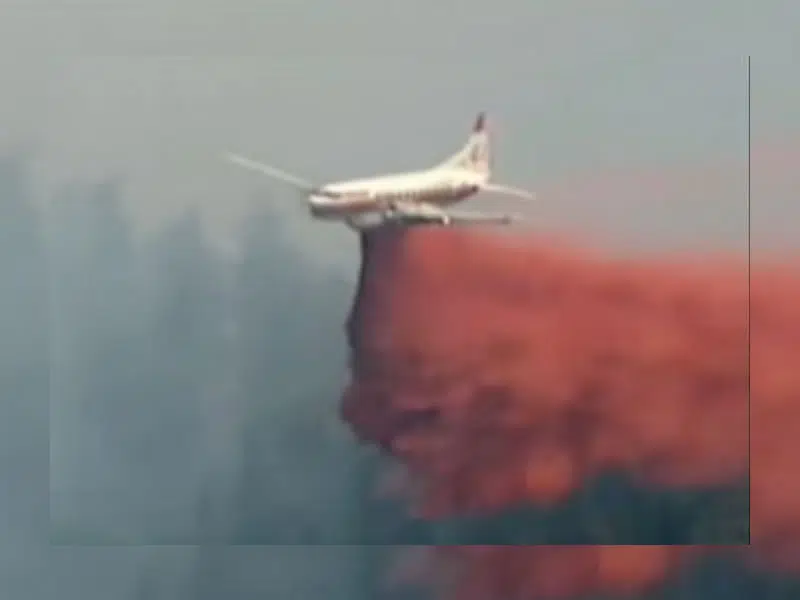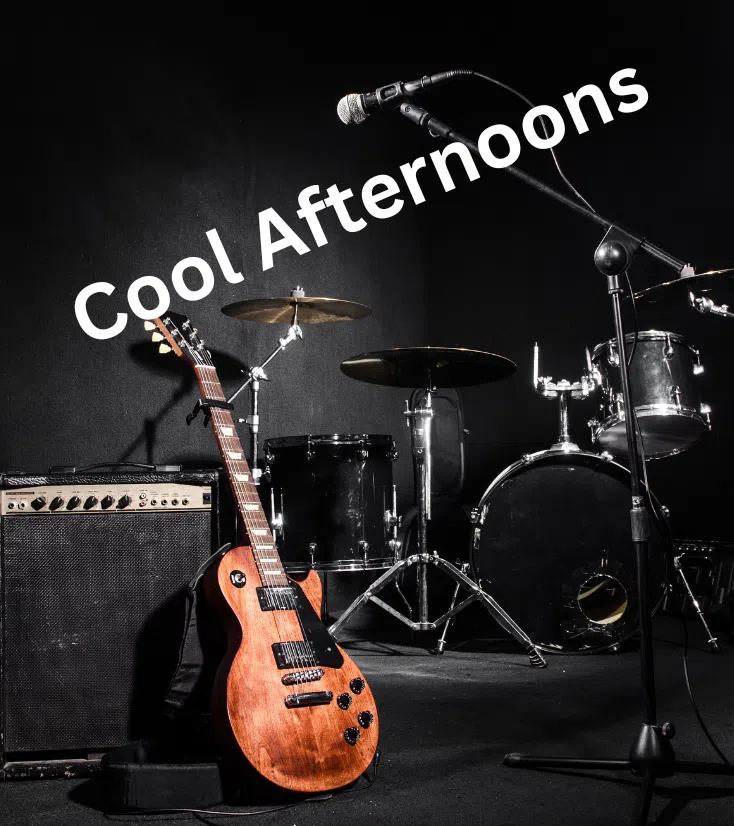The provincial fire ban has been lifted because of the recent rain. CEO and Fire Commissioner for the Saskatchewan Public Safety Agency, Marlo Pritchard, says the ban was initiated on May 16th for all Crown Lands, provincial parks, and the Northern Saskatchewan Administration District north of Highway 16. Some municipalities and provincial parks continue to experience a high fire risk. The area north of the Churchill River didn’t receive widespread rains, so municipalities in this area may continue their local fire bans. Further south, the RM of Spiritwood has lifted its fire ban, which was enacted on May 5th.
As of 9 this morning, there were 24 active wildfires with 13 under ongoing assessment, three contained, three where property is being protected and five are not contained. To date, there have been 184 fires while the five year average is 109.
The SPSA’s Steve Roberts says although there has been rain further south, in the north where the wildfires are, there hasn’t been much. However, the air temperature has lowered and there is higher humidity, which also helps to get these fires under control. Environment Canada’s Air Quality Alerts remain for north west and north central Saskatchewan. Until the fires are more controlled, Roberts expects they will remain. Fire crews are already seeing some reductions, though. Some of the smoke is coming from Alberta which has also had some rain. Because of cooler temperatures and higher humidity there have been some improvements, with no growth in the fires over the past 24 hours.
The Saskatchewan Public Safety Agency is advising travellers, boaters and paddlers to avoid the areas around the Smith Fire and the McCrae Fire. That includes highways, rivers and lakes. The SPSA says the Smith Fire is north of the Churchill River and is producing a lot of smoke causing poor visibility. The McCrae Fire is east of the Smith Fire and is large and moving fast. Travel advisories for the area of Montreal River near the Meyak Fire, and Besnard Lake near the Wistigo Fire remain in effect.
Air scrubbers are one of the tools the Saskatchewan Public Safety Agency uses in communities affected by wildfires. Robert says they look like large air conditioners, and are hooked up to larger areas like gymnasiums and community centres. They take the large particles out and cleans the air, giving people a place to go to get out of the smoke if they need to. The SPSA has deployed air scrubbers to Jans Bay, Ile a la Crosse, Beauval, Dillon, St. George’s Hill and Buffalo Narrows.




















